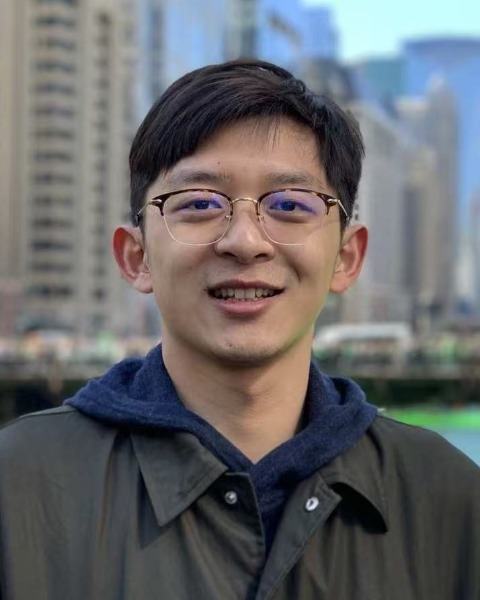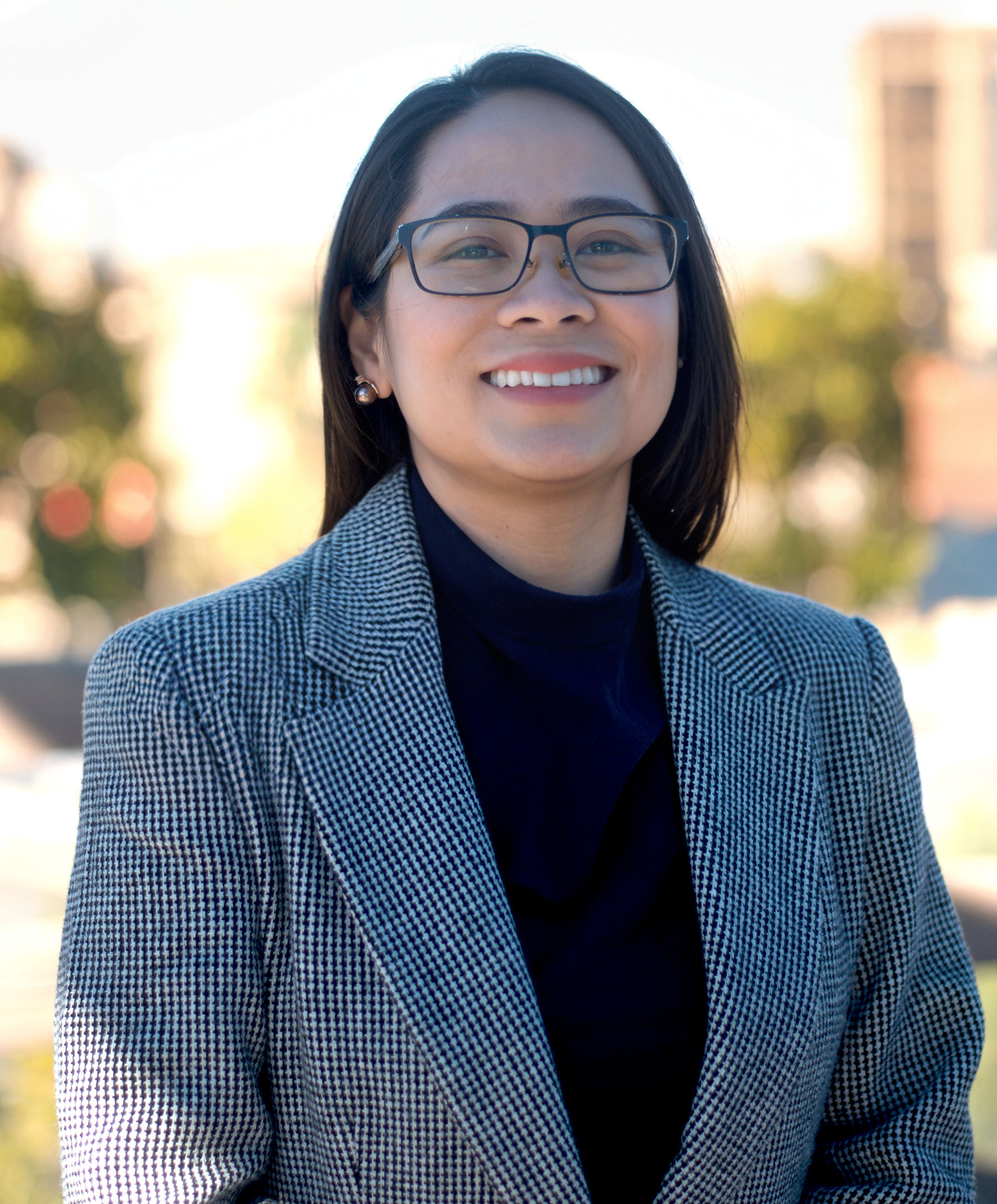Biomaterials
Biomaterials in Biomechanical Investigations
Light-triggered electromechanical feedback in a flexible cardiac polymeric interface
Friday, October 10, 2025
9:15 AM - 9:30 AM PDT
Location: Room 32B

Yuyao Kuang, PhD Candidate
Ph.D. Candidate
University of California, Irvine
Irvine, California, United States
Herdeline Ann Ardona
Assistant Professor
University of California, Irvine
Irvine, California, United States
Presenting Author(s)
Primary Investigator(s)
Introduction: : Biophysical crosstalk between cells and their microenvironment regulates essential tissue and organ functions. Traditional electrode-based stimulation of cardiac tissues faces limitations, including contamination risks and mechanical mismatch between rigid electrodes and soft tissues. Light-based stimulation with better spatiotemporal resolution than traditional cardiac field stimulation, is highly needed for mechanistic investigations of structural dependence of normal cardiac functions and disease pathophysiology. Yet, how such photoinitiated processes influence tissues beyond the instantaneous and transient coupling with biological ionic currents that trigger action potentials remains elusive. Here, we present a polymer-based system that interfaces seamlessly with cardiac tissue, enabling light-triggered contractions without genetic modification. This flexible interface offers precise control over cardiac tissue contraction and cardiac-actuator behavior. We further explore how light-driven electrical and mechanical cues influence long-term cardiac structure remodeling enabled by this light-triggered electromechanical feedback.
Materials and
Methods: : This work uses a conjugated polymer donor-acceptor system as a photosensitizer layer to initiate the surface charging-based stimulation for cardiac behavior regulation with tunable photocurrent signals. Applying biophysical cues through extracellular matrix-mimicking environments will achieve confluent patterned cardiac tissues with synchronized contractions. With tunable light stimulation frequency, the cardiac tissue contraction behaviors have been optically paced successfully. Furthermore, the muscular thin film derived from the optoelectronic films will be established to exhibit bioactuators responsive to light stimulation. In addition, this platform is utilized to study the synergistic influence of photoinduced electrical stimuli and tissue contraction-imposed mechanical strain on the substrate and structural features of cardiac tissues responsible for electrical signal propagation.
Results, Conclusions, and Discussions:: Our results show the precise control of photocurrent frequency and finely tunable high performance of photocurrent intensity with the engineered polymeric donor-acceptor system. With the microcontact patterning of the extracellular matrix, the cardiomyocytes were guided to form the cardiac tissue lines to favor the synchronous beating. With optoelectronic pacing, the cardiac synchronous contraction frequency can be precisely regulated by the light frequency in a gene modification-free manner. In addition, the movement of the cantilever in the fabricated muscular thin film derived from the optoelectronic films has been successfully controlled wirelessly. Furthermore, our immunostaining results suggest structural remodeling, such as that of the dynamic cytoskeletal and gap junction features, brought by the light-triggered electrical/electromechanical stimulation. Both the short-term pacing/functional effects of photostimulation and the longer-term structural influence of light-triggered electromechanical stimuli uniquely afforded by this system are investigated. Overall, this work offers a novel optoelectronic cardiac biohybrid model to understand how coupled biophysical stimuli, such as electrical and mechanical, can impart immediate pacing and longer-term remodeling effects on cardiac tissues triggered by photoinduced energy transport processes.
Acknowledgements and/or References (Optional)::
